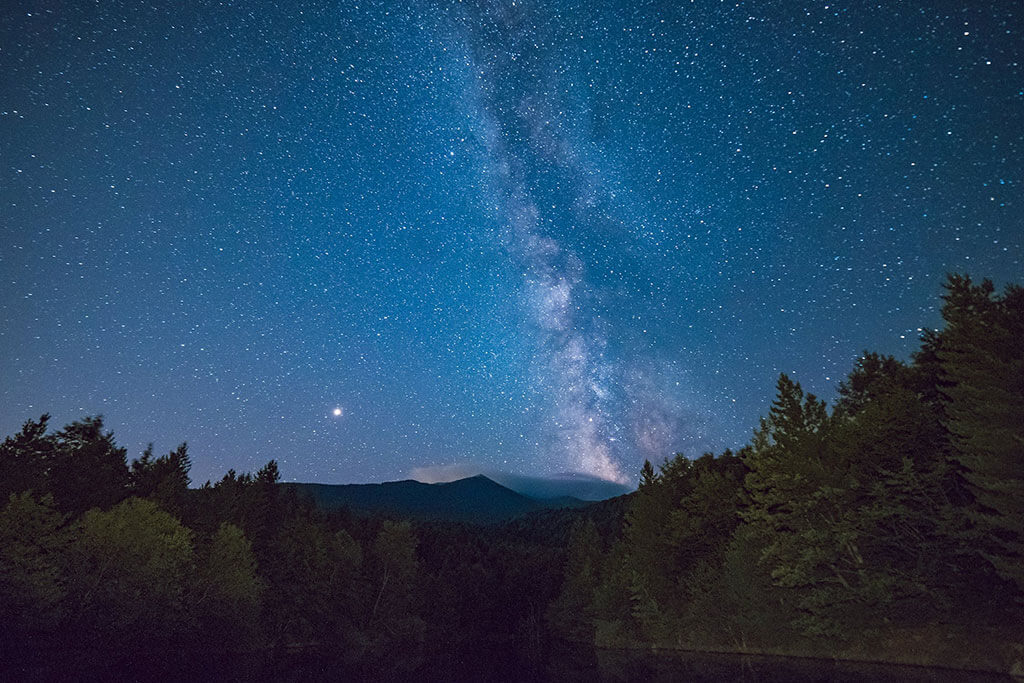
17
January
The Story Collider: Coming of Age
The Story Collider is returning to Toronto for another night of true, personal stories about science! This January, we'll present five stories about coming of age in science.
Hosted by Vanessa Vakharia and Anthony Morgan.
Doors open at 6:30 pm. Show begins at 7 pm.
Stories by:

12
January
Hamilton Amateur Astronomers: Astronomy 101 - A Beginners Guide
Welcome to the world of amateur astronomy! Join members of the HAA as they guide you through the first steps of this fascinating hobby, with a simple introduction to the types of telescopes to choose from, the parts and pieces, and how to use them. Then imagine stepping outside to look up at the night sky, and enjoy the second half of the talk with a guide to the types of celestial objects within your reach and how to get the most out of a new scope with realistic expectations of actually seeing the stars, planets and more.

10
January
McMaster Space Initiative: Science Slam
This is call to all poets with a love for science! The McMaster Space Initiative has been in the lab for months trying to get proportions right to bring you… THE SCIENCE SLAM. To all our science guys and gals, bring your poetry and your science on stage this month, and send your bars straight out of the solar system. Compete for a chance to win cool prizes and be crowned Science Slam Champion.
There will be an OPEN MIC portion before the slam for students who would like to perform, but not compete.

15
December
UofT Planetarium: The Life and Death of Stars
Showtimes: 7:00pm and 8:15pm
The stars in the night sky seem unchanging and eternal, and have remained the same for the history of human civilization. However, over millions and billions of years, new stars are born, live out their long lives, and eventually die in a blaze of glory. In this show, we will be exploring the lives of stars by visiting stellar nurseries, supernova remnants and much more!

15
November
Recreational Astronomy Night
Watch the recorded video: https://youtu.be/PGu_j0eX3vY

7
March
Pape/Danforth Library: Misconceptions about the Universe: From Everyday Life to the Birth of the Universe
People have deeply-held misconceptions about the most basic of astronomical topics, such as the cause of the seasons. In this profusely-illustrated, non-technical presentation, we will gently "correct" these "heavenly errors," from everyday life, to exotic black holes, to the birth of the universe, to "fake news" about fringe topics. Simple demonstrations will be used where possible.
Please call the Pape/Danforth Branch at 416-393-7727 for more information.

29
November
ASX Star Talk: Computer Vision on Mars (TALK CANCELLED)
Sadly, the Star Talk which was originally planned for 7:10-8:00 tonight is cancelled because Professor Jonathan Kelly is sick and cannot make it to the event. HOWEVER, for those who are interested, we will still be holding the telescope observing session from 8:00-9:00pm and we will be meeting in the lobby of McLennan at 8:00pm.

10
November
TRCA: Astronomy on The Spit (SOLD OUT)
Tommy Thompson Park has the lowest light pollution of any locale in the City of Toronto. Come take advantage of a unique opportunity to learn about and view deep space! The night begins with an indoor presentation preparing you to immerse yourself in the wonders of the Milky Way and other galaxies. From there, we shuttle you 4 km to the south end of the Leslie Street Spit, where astronomers will share their expertise and telescopic views. What’s better than a night under the stars?

7
February
Pape/Danforth Library: The Birth, Life, and Bizarre Death of Stars
We owe our existence to the sun and stars. The atoms in our body are created by stars. The sun's energy makes life possible. When the sun and stars "burn out," they produce bizarre remnants called white dwarfs, neutron stars, and black holes.
In this profusely illustrated, non-technical presentation, you will learn about some of the strangest, most extreme objects in the universe.

2
November
SciCommTO: Science Slam
Come out and join us for an evening of laughs and science! Hear science enthusiasts to talk about their passion for science in a unique way. A song, stand-up, comedy skit, spoken word; The possibilities are endless!
MC – Jennifer Colbourne (@Raccoonologist)
Bibaswan Ghoshal, Mount Sinai (@bibaswanghoshal)
